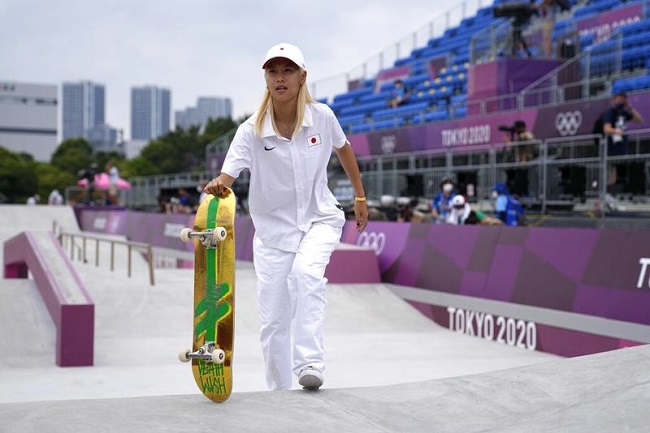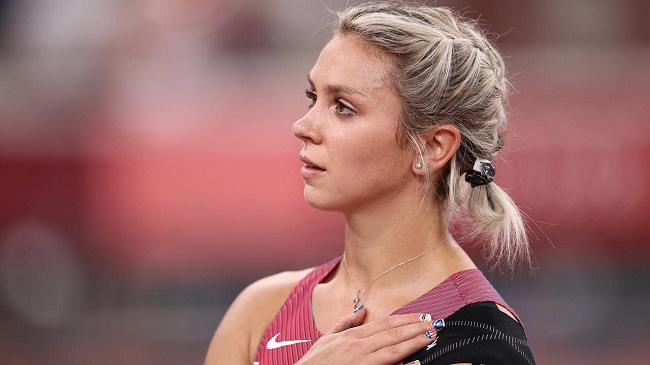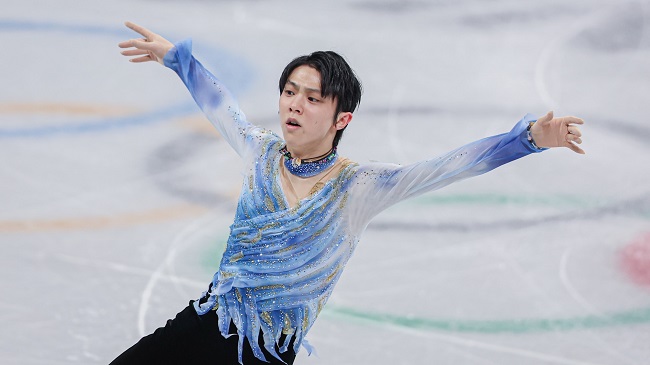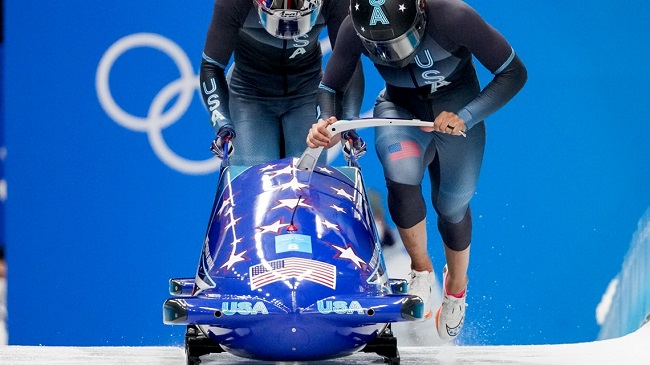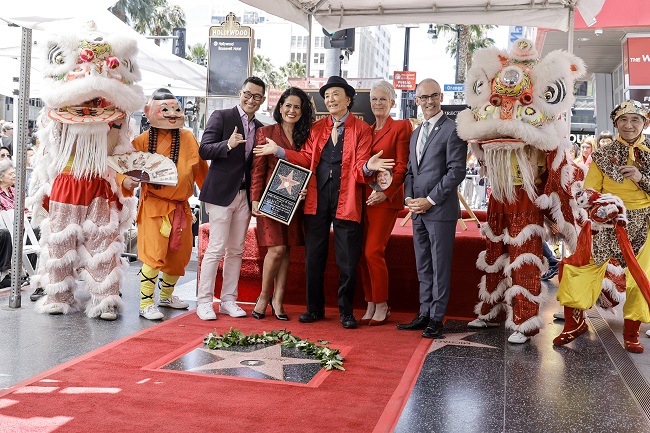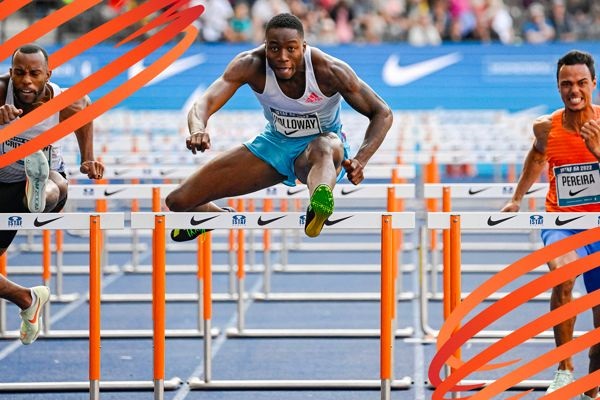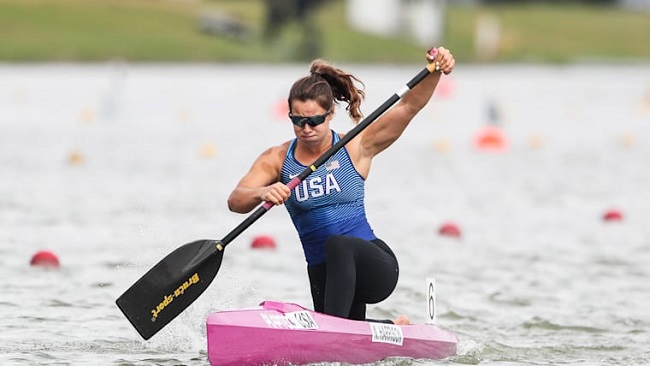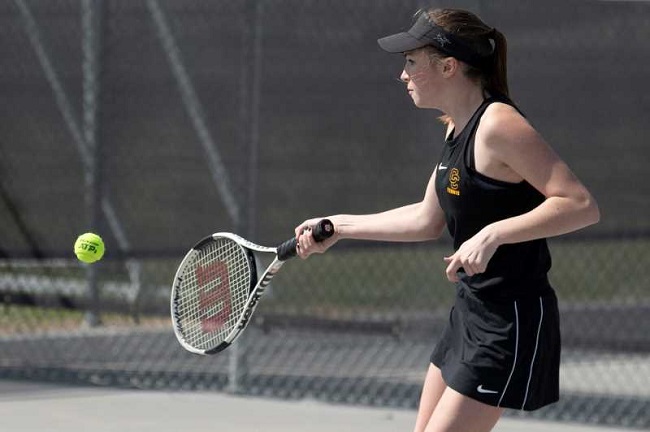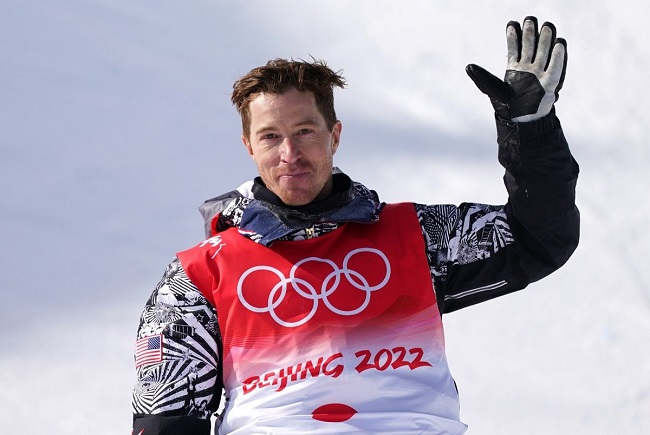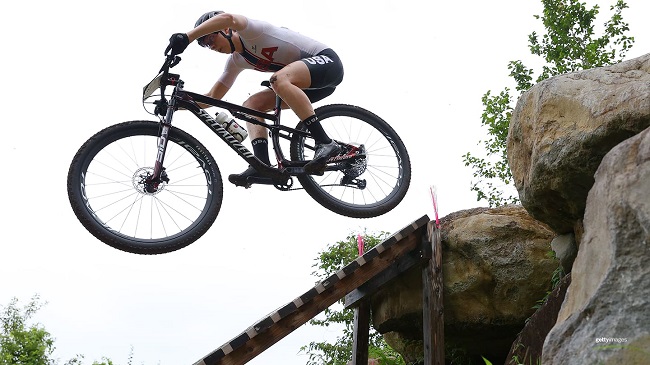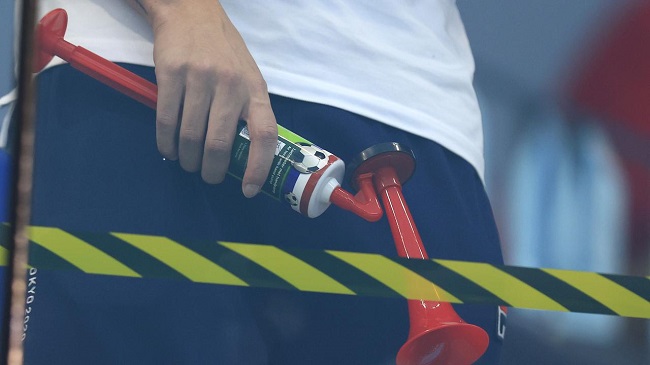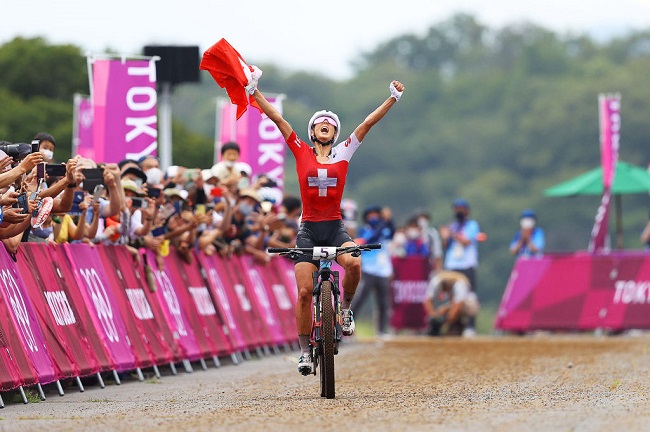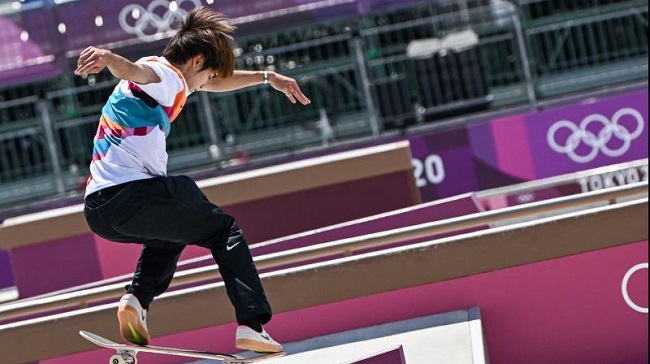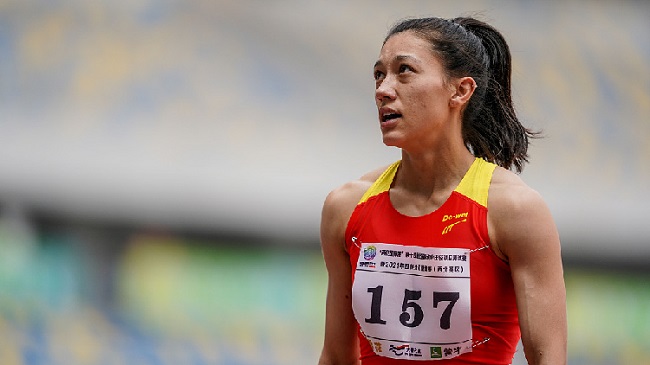During the 1948 Summer Olympics, on July 30 and 31, the men competed in the 400-meter hurdles. Twenty-five people from seventeen countries competed. Since the 1930 Olympic Congress, the number of athletes from any one country was capped at three. Roy Cochran, an American, triumphed in the final.
The win marked the country’s sixth in the competition and second in a row. Duncan White’s silver medal was Ceylon’s first Olympic medal ever. Until the 2016 Olympics, Susanthika Jayasinghe’s silver medal in the women’s 200-meter dash in 2000 was Ceylon/Sri Lanka’s sole other Olympic medal.
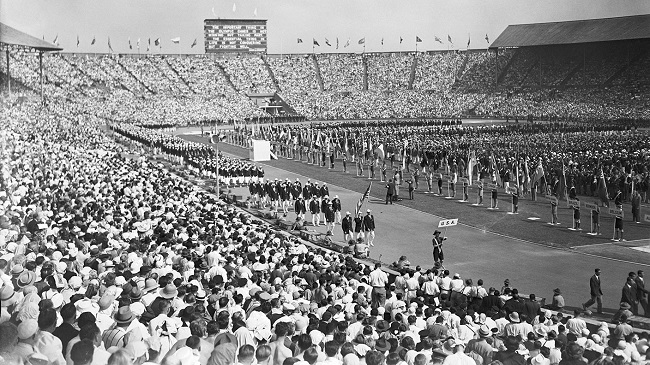
Rune Larsson, representing Sweden, won bronze in the men’s 400-meter hurdles to bring the country its first medal of the competition.
Athletics at the Summer Olympics – 400 Metres Hurdles: Background
The ninth time this gathering has taken place. Both the men’s 200- and 400-meter hurdle events had debuted in 1900; the former was discontinued after 1904, while the latter lasted only through 1908. The men’s 400-meter hurdles was absent from the Olympics during World War I, but it returned in 1920 and has been a staple of every Olympic Games since.
Not a single one of the 1936 Olympic final six returned. U.S. citizen and 440-yard world record holder Roy Cochran was the heavy favourite.
There were a number of first-time participants, including Ceylon, the People’s Republic of China, Colombia, New Zealand, Pakistan, Switzerland, and Turkey. The United States participated in its ninth competition, making it the sole country to do so.
Athletics at the Summer Olympics – 400 Metres Hurdles: Summary
In the first semi-final, Rune Larsson lowered the Olympic record by one tenth of a second, with Dick Ault and Duncan White in hot pursuit. Cochran matched Larsson’s mark in the second half. Despite finishing a full second ahead of Ottavio Missoni, Jean-Claude Arifon did not advance to the final because he finished fourth in the first semi, which was extremely fast.
Cochran and White took off at full speed from the gun, with Cochran passing Ault on his outside just before the second hurdle and White passing Larsson on his outside just before the third.
Ault took the challenge head on and stuck with his teammate Cochran into the second turn, even making up some ground until Cochran rocketed off the seventh jump and opened a space. As the field began to level off, Ault challenged White for second place while Cochran maintained a commanding lead.
When in the lead, Cochran took the tenth hurdle slowly before pulling away for good. Ault, who had been following closely behind, lost ground to White when he stumbled approaching the ninth hurdle. On the tenth inning’s resumption, Larsson gave it his all, racing past Ault in pursuit of White.
Athletics at the Summer Olympics – 400 Metres Hurdles: Mode of Competition
The tournament followed the standard three-round structure established in 1908, with quarterfinals, semis, and a championship game. The course featured ten different hurdles.
The starting line was 45 metres away, the hurdles were 3 feet (91.5 centimetres) high, and the final stretch was 40 metres after the last hurdle. The 400-meter course was an ordinary one.
Six different quarterfinal heats with four to five competitors each were held. In each quarterfinal round, the top two male finishers advanced to the semi-finals. A total of 12 athletes made it to the semi-finals, with the top three from each of two semi-final groups advancing to the final six-man round. Thanks for reading our article Athletics at the Summer Olympics – 400 Metres Hurdles.








